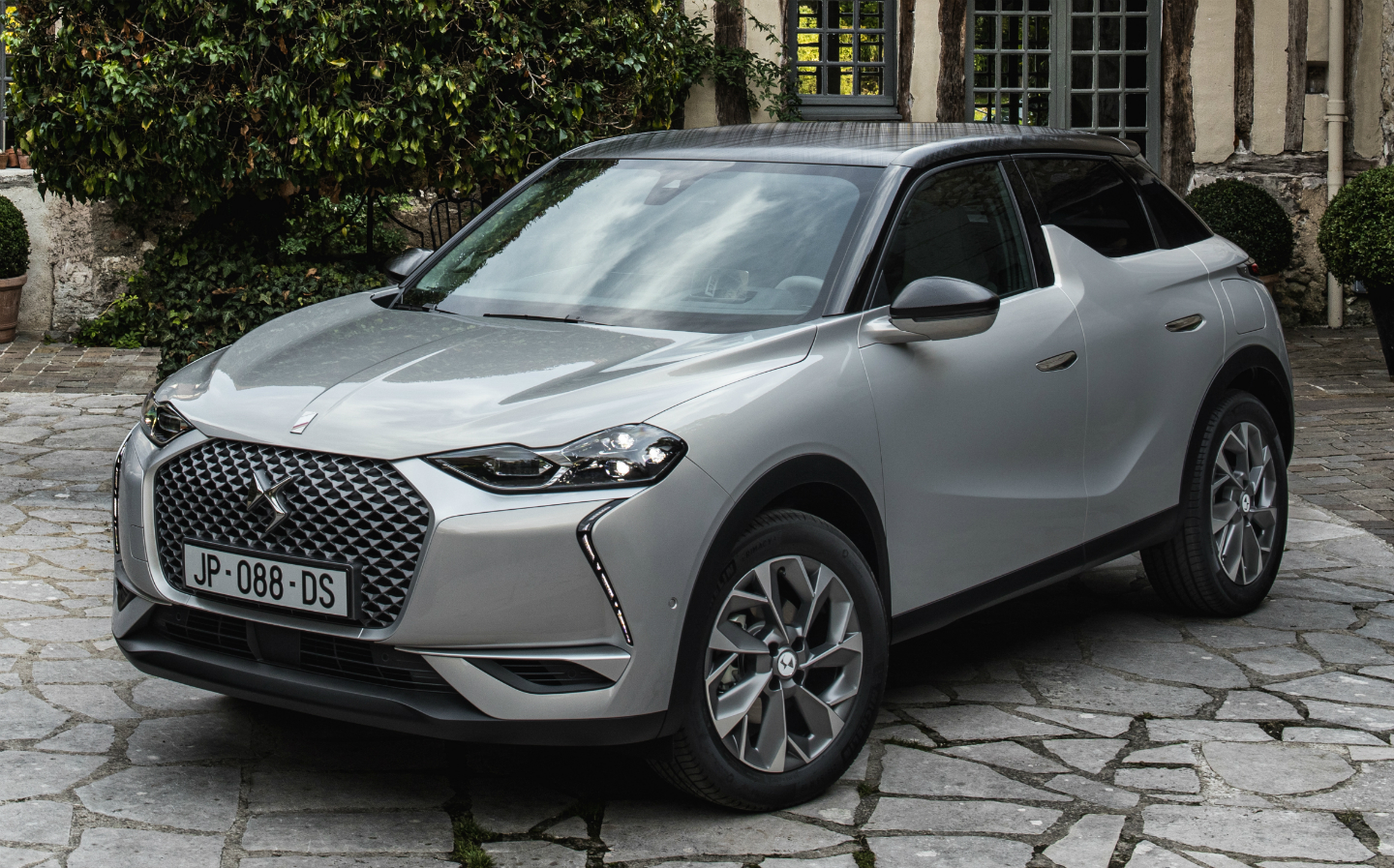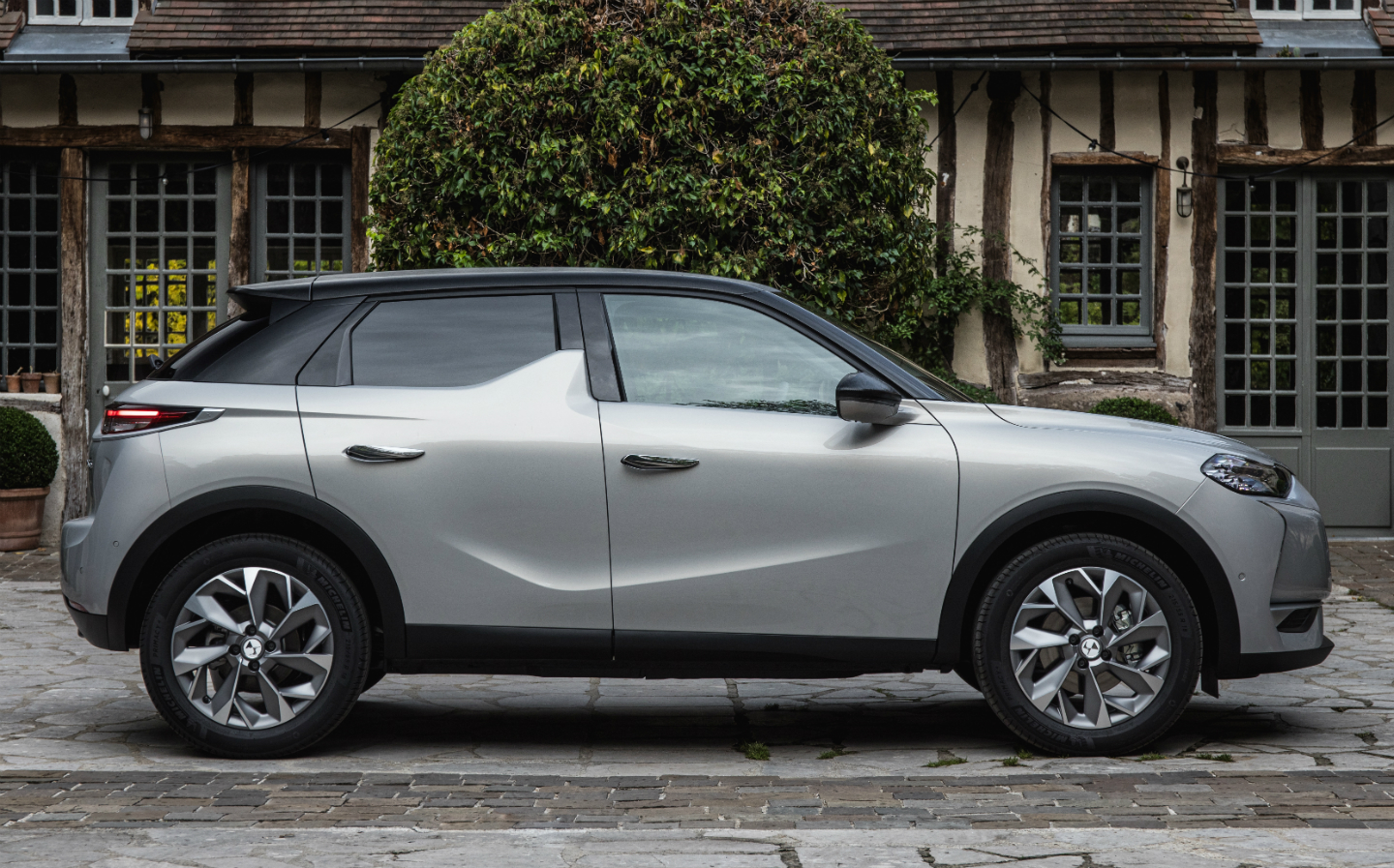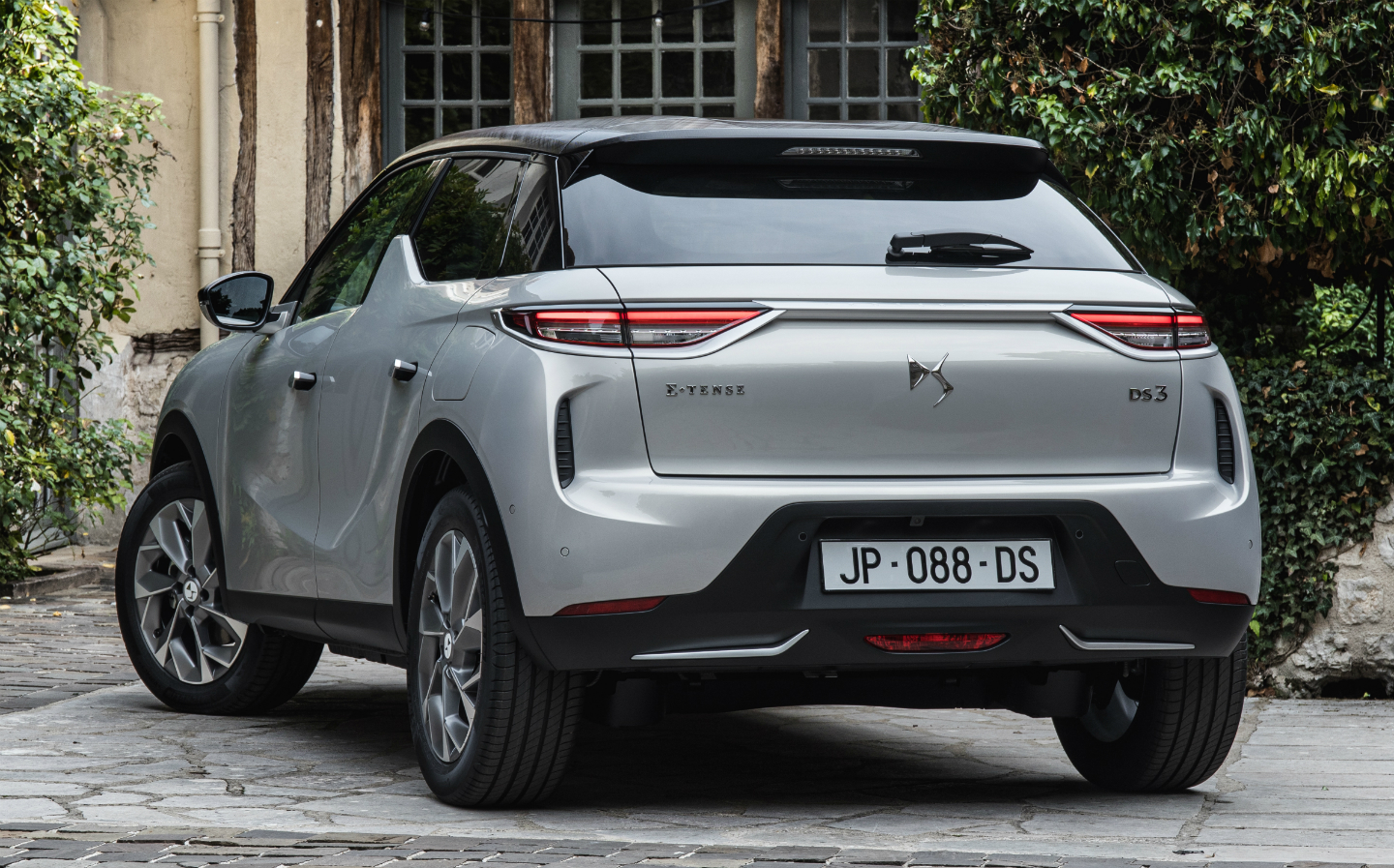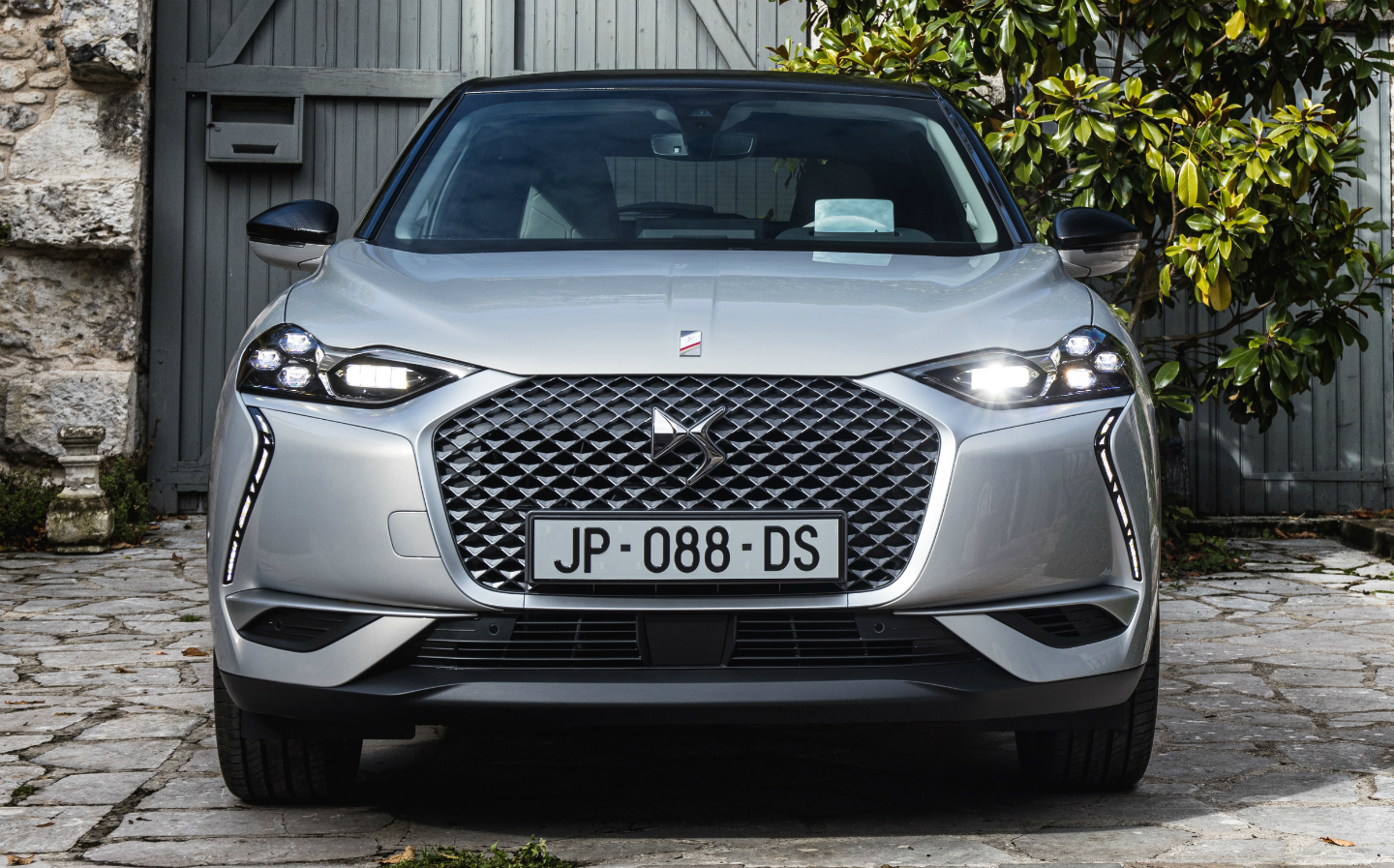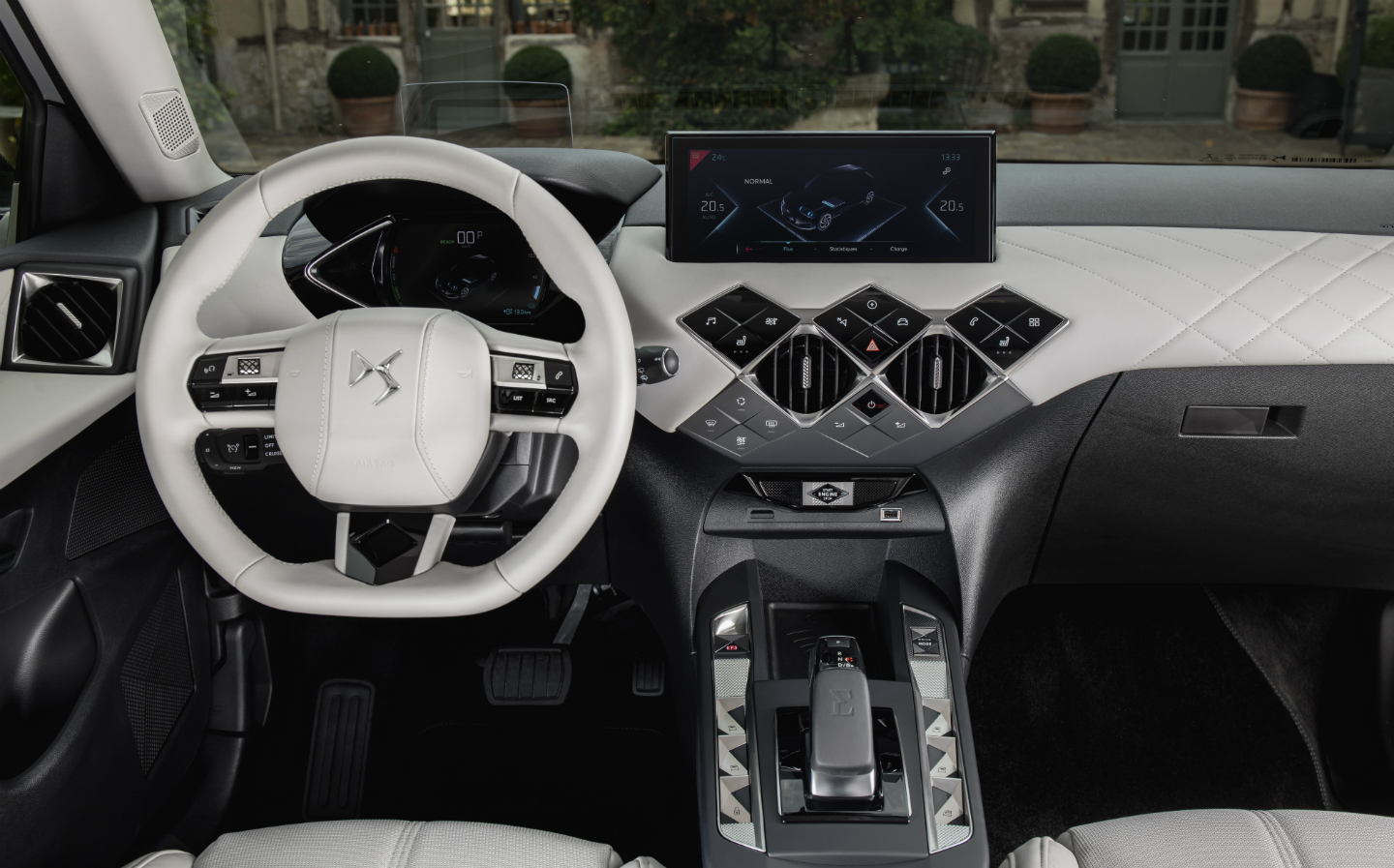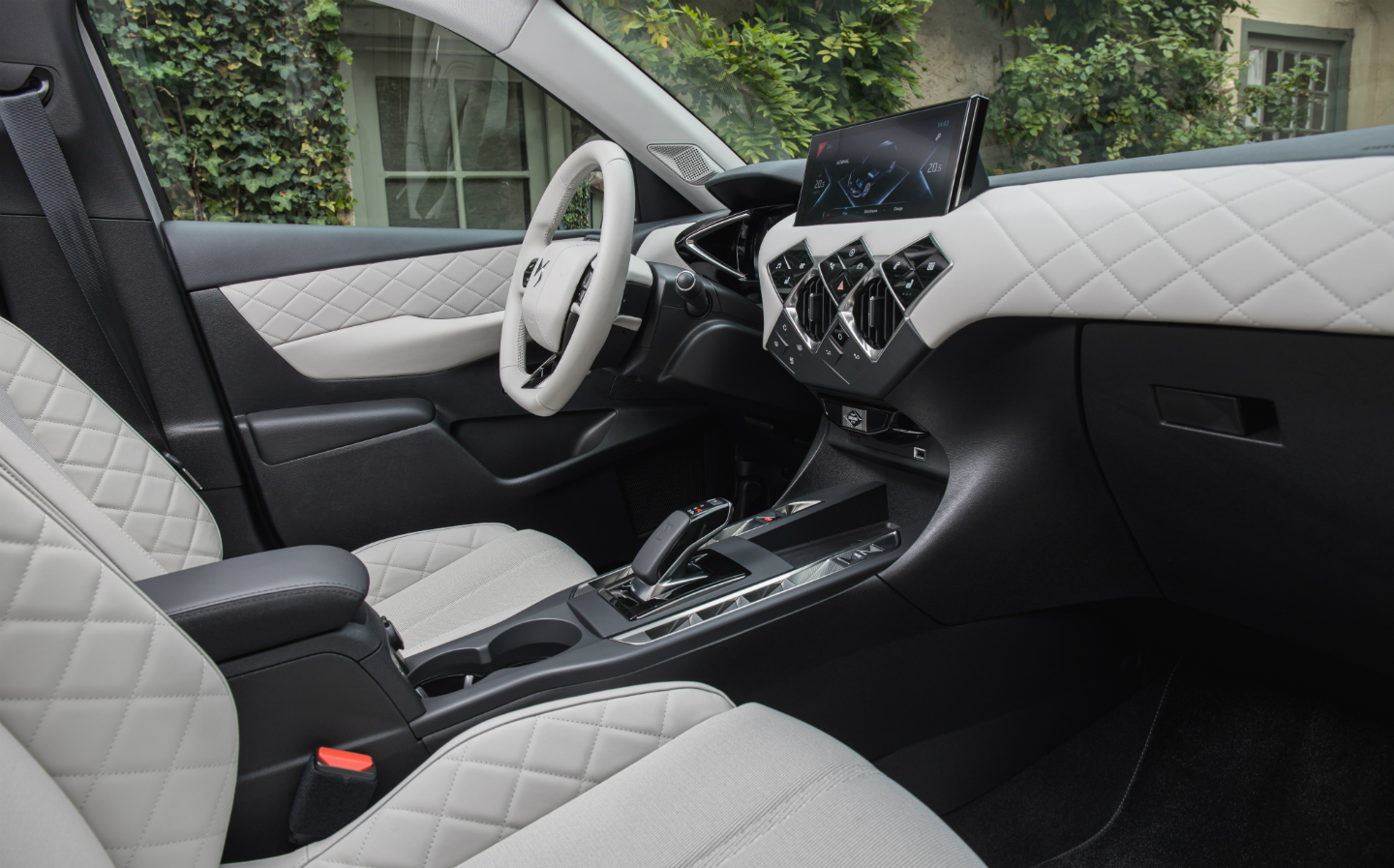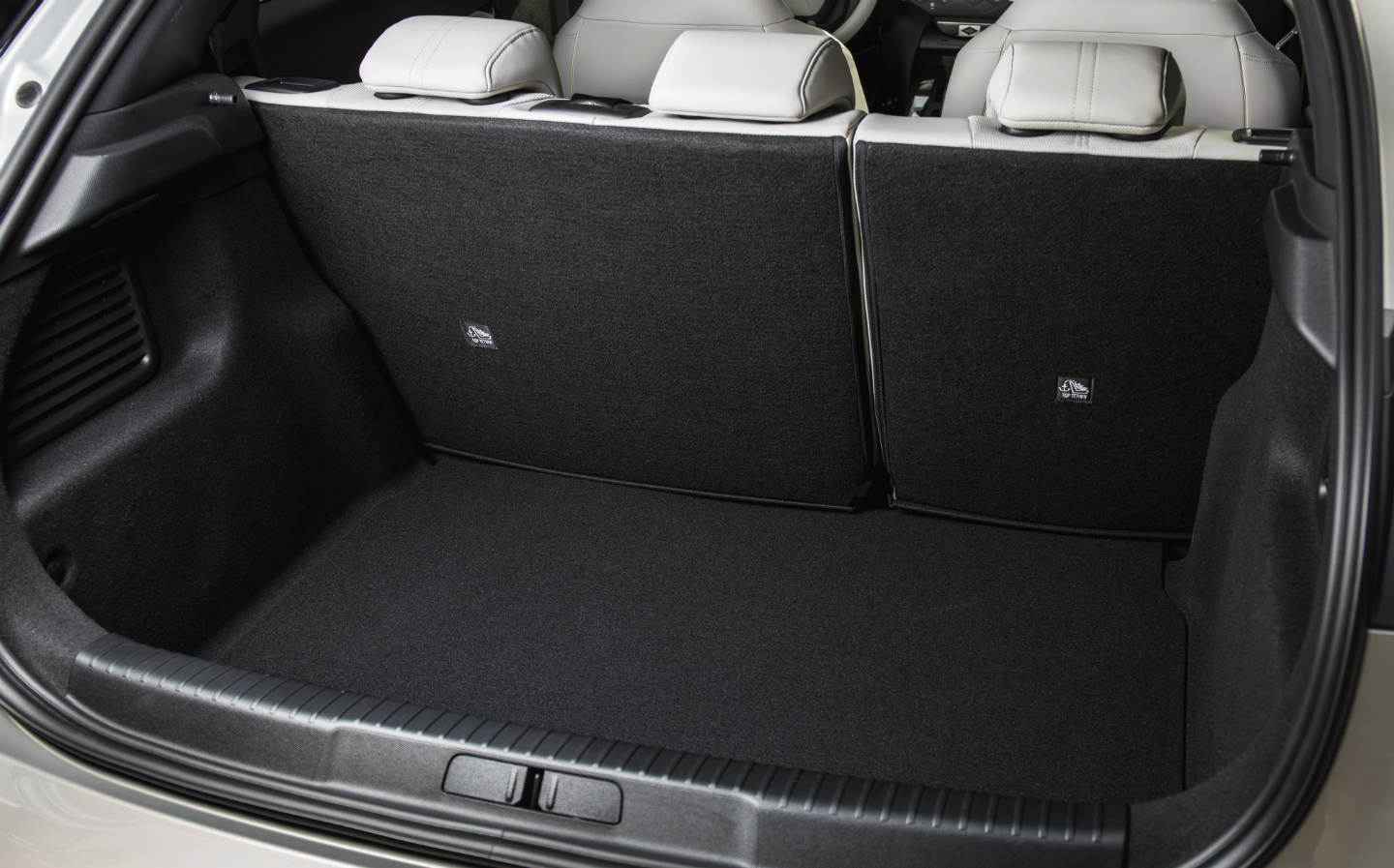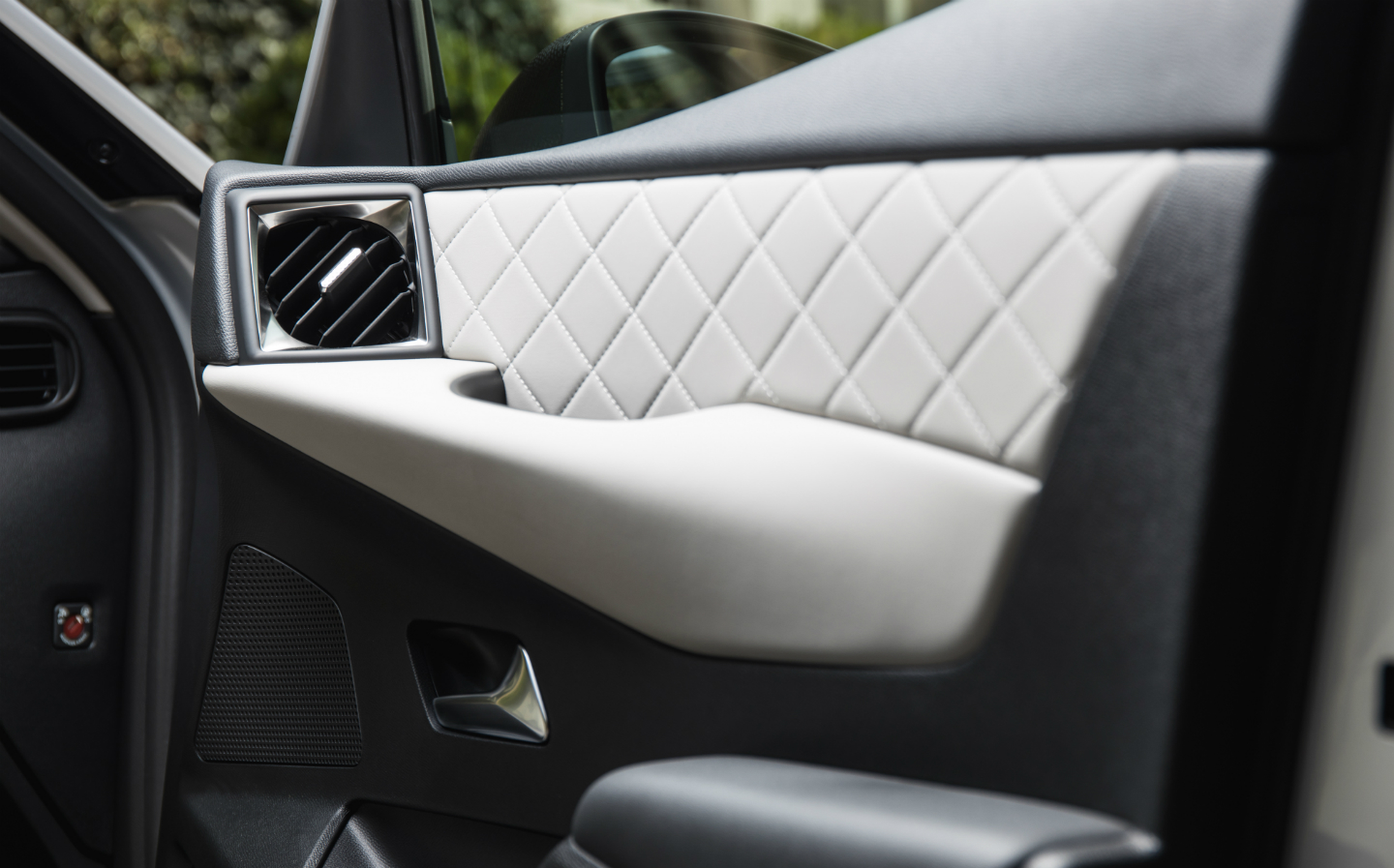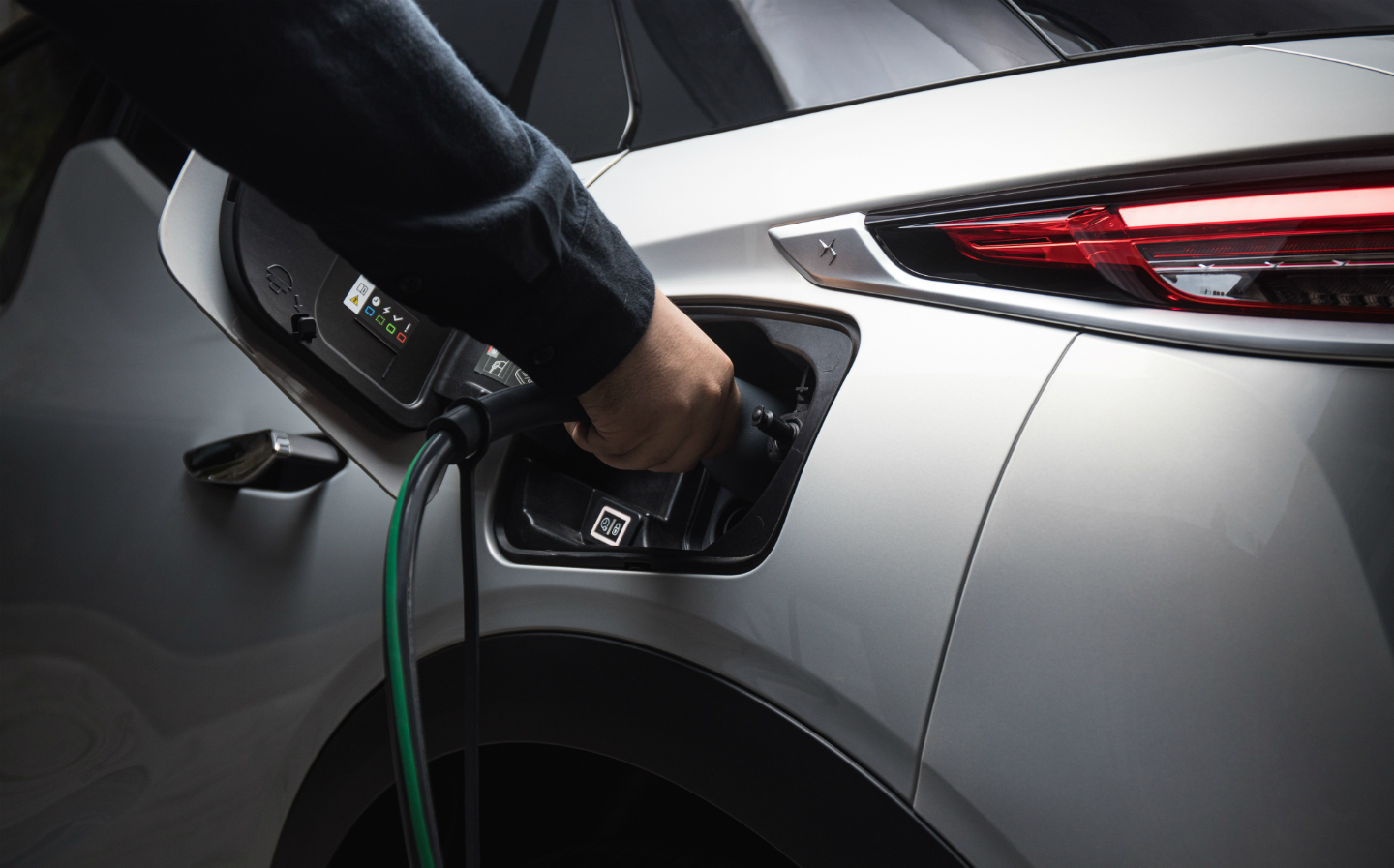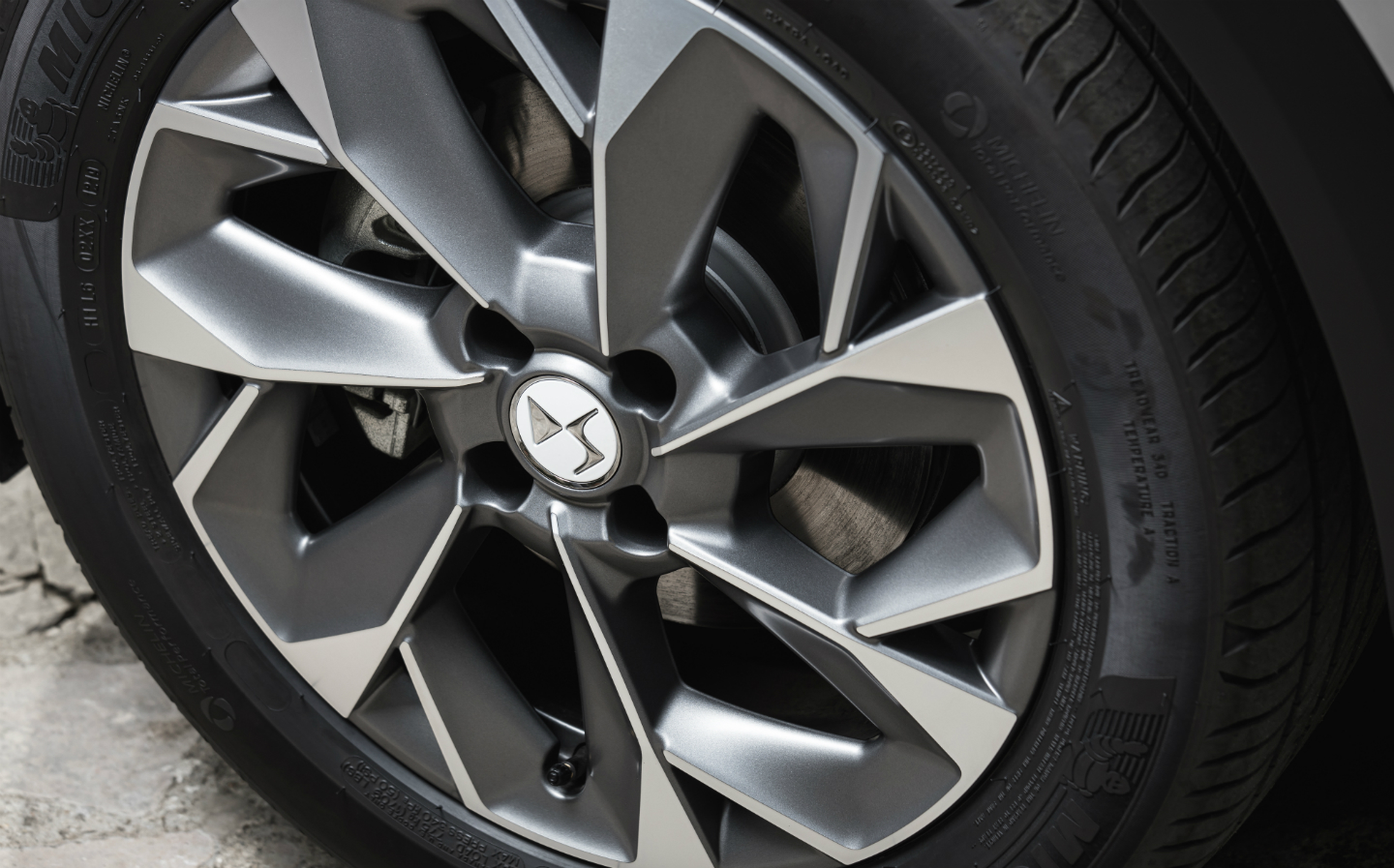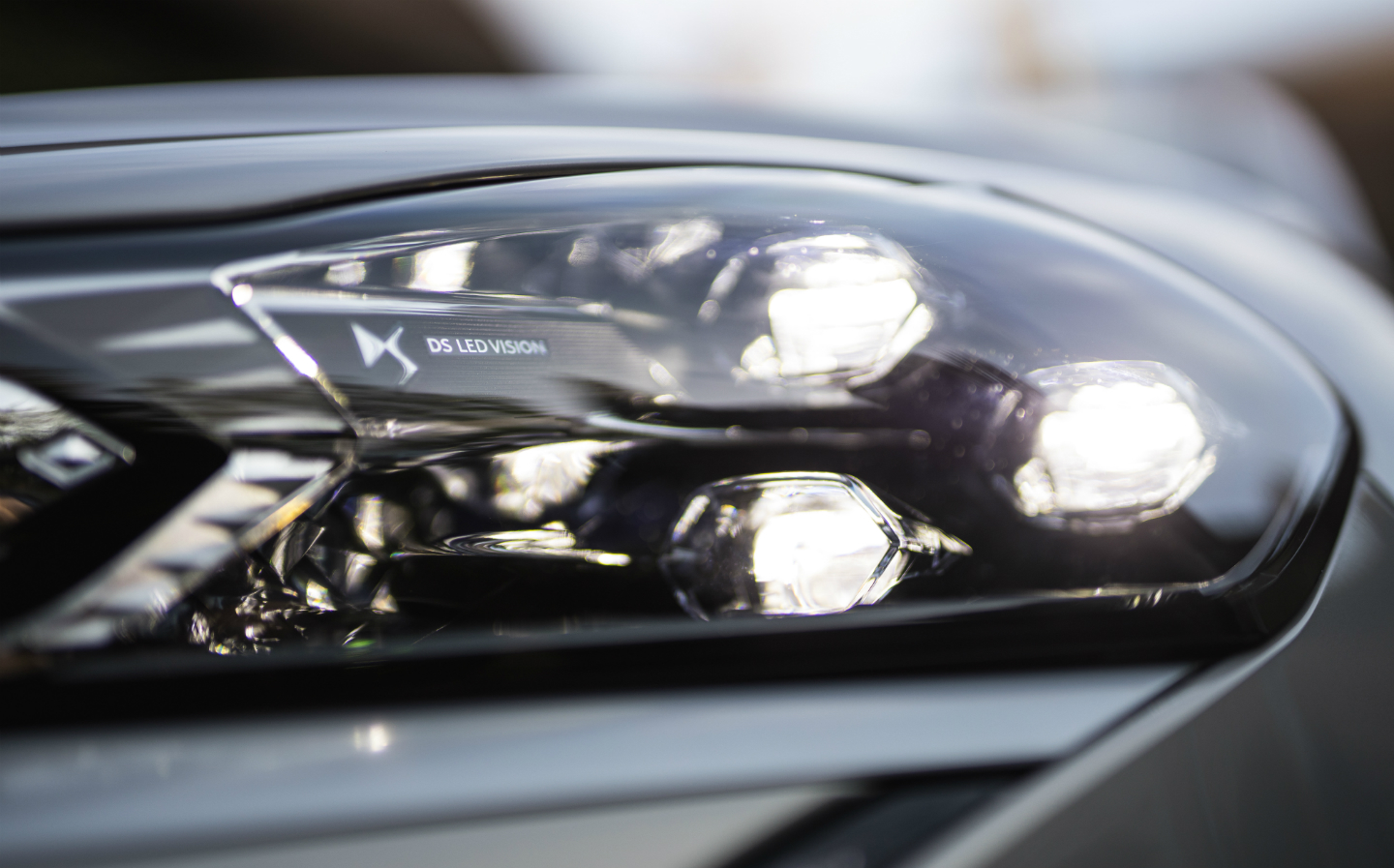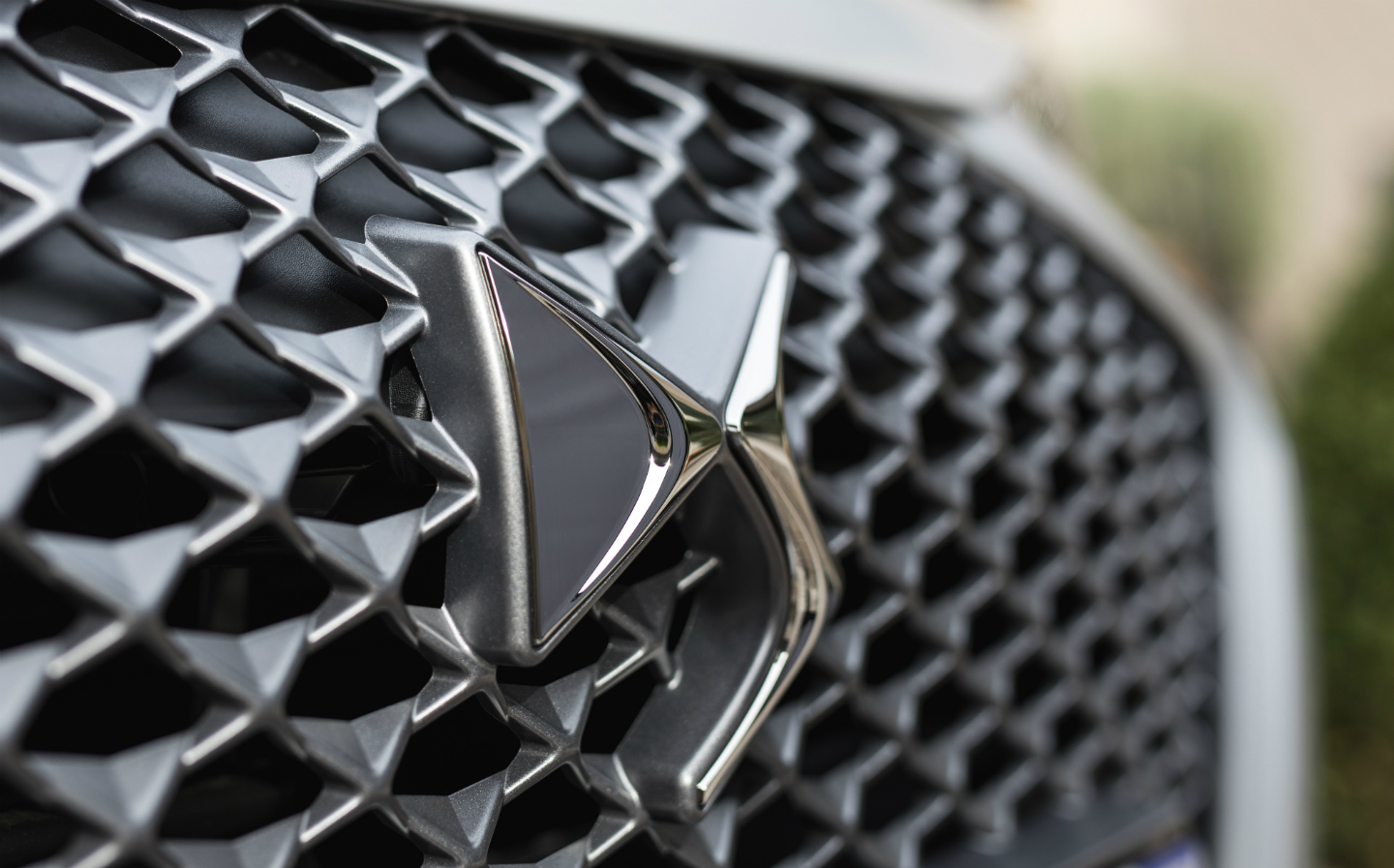2020 DS 3 Crossback E-Tense review
Glide along le boulevard électrique with France’s plug-in compact crossover
SOMEHOW, electric power seems the most obvious choice for cars from DS Automobiles. As déesse means “goddess” in French, its cars demand a powertrain that can waft customers along quietly and effortlessly. The upmarket Citroën off-shoot has spotted these benefits of plug-in power, and from 2025, all DS models will be either fully electric or plug-in hybrid (with an electric range of 30 miles).
Its first pure-electric car is this, the DS 3 Crossback E-Tense. We’ve already driven the petrol and diesel-powered DS 3 Crossback — a premium “compact crossover” (small hatchback in size but high-riding, like an SUV) — and were impressed with their smooth, composed ride and impressively noise-free cabin, but the new pure-electric version — dubbed “E-Tense” — has the potential to be the most “DS” of the range. Without several thousand explosions per minute going on under the bonnet, the level of quiet reaches deity-like heights.
The interior is so well insulated that at low speeds you can’t even hear the externally-generated sound made to alert pedestrians of the car’s presence, we were told at the car’s launch, just outside Paris. “No other rival can say that,” it was claimed.
It’s true that we couldn’t hear it while driving but to be fair, it’s a rather subtle whirring, rather than the unavoidable rumble from a throaty V8. Still, we managed not to run anyone over during low speed manoeuvres, so it seems to do the job.
As with the non-electric DS 3 Crossbacks, the interior is rather sumptuously appointed, whether you go for the entry-level Performance Line, which has cloth and Alcantara mix seats and uses Alcantara on the dashboard, or top spec La Première trim, which has a rather fetching two-tone interior with white Nappa leather on the wheel, dash, door trim and seats.
The white leather is exclusive to the E-Tense and DS says it’s likely to use the white leather steering wheel as a signifier for future pure-electric models, suggesting electric DS drivers will do well to carry with them some wet wipes, to keep it grime-free.
It’s interesting to note that even in La Première spec, one’s derrière perches on cloth (albeit in “Pebble Grey Luxembourg” colour), with the leather elements covering the cushion and side supports. There are two trims in between, both with an interesting mix of colours, materials and stitching designs.
However, while seat comfort is good, comfort for taller drivers and passengers is a bit limited — there’s plenty of head room but with the seat all the way down your knees end up above hip level, and in the Performance Line model I found my lower back beginning to ache after 45 minutes at the wheel. What’s more, you’d expect a premium car to have electrically-adjustable seats on both sides as standard — not so in the DS 3 Crossback.
And as with the petrol and diesel models, the avant garde interior design is very much style over function, with oddly-laid out touch-sensitive buttons that usually require a couple of presses before they respond. Most frustratingly, the volume controls are two buttons that shrug off your requests with (stereo)typical gallic nonchalance. “You would like me to make it louder, uh? Mais non, je ne pense pas.” What’s wrong with a good old-fashioned dial?
Space in the rear is no less than in the petrol and diesel models, but that’s not really a selling point as it’s tighter than Tom Daley’s Speedos back there. While this is perhaps to be expected of a supermini-sized crossover, DS hasn’t helped things by designing a high window line and adding a bodywork swoop up towards the B pillar, which further restricts the view out of the car. Children, especially, may feel rather claustrophobic back there.
This may not be too much of a concern for DS or its customers, though; over dinner, the company’s marketing man told us that his European customers are in their mid-50s, which suggests they’re empty-nesters, or getting to that stage of life, and perhaps haven’t yet been troubled with grandchildren. Bit tight in the back? So what?
There’s good head room up front, but the same can’t be said in the rear — it’s tighter than Tom Daley’s Speedos in the back seats
The customer profile is older chiefly because DS 3 Crossbacks are not cheap. Prices start at £21,550 for a petrol version in the entry-level Elegance trim, but if you want this pure-electric version you’ll have to pay upwards of £30,490, which buys you the Performance Line model, and the top spec La Premiere costs from £35,990. Both of those prices include the £3,500 plug-in car grant. Like for like, you’ll be paying around £3,000 more for the electric model, assuming the government incentives continue (otherwise it’d be a substantial £6,500).
That’s a lot of money, but DS isn’t worried. In fact, the high price tells customers that they’re part of an elite set; as with Mercedes, BMW and Audis, parking a new DS on your driveway tells neighbours you’re not short of a few bob. DS isn’t worried about slow sales at this stage, they said, and will never discount: that would devalue the brand.
Amusingly, one of the car maker’s representatives over dinner recalled the success enjoyed by the beer brand with the tagline “Reassuringly expensive” — “We like that,” he said. I pointed out that when bought in can form and drunk at home, that particular drink goes by a different — rather less complimentary — nickname.
But factor in the running costs and the E-Tense is a more palatable proposition. There’s no VED to pay for an electric car, and no need to pay for the London congestion charging zone (or similar schemes that may be introduced in other cities). Cost for fuel is a few pence per mile instead of around 13p per mile for petrol or diesel, and servicing is less costly, too, as there’s not a lot to do on an electric car — no oil or air filters to change, for example. DS is also keen to highlight its financing deals, with monthly costs from £369 (assuming a deposit of £4,584), and the eight-year, 100,000 mile battery warranty.
For your money, you also get a “suite of dedicated services” on top via the MyDS smartphone app, although there’s nothing terrifically revolutionary here: you can start or stop the car’s charging, monitor the battery level and programme a charging schedule, as well as pre-set the air-conditioning to warm or cool the car ready for you before you get there, using mains rather than battery power to do so.
Another app called Charge My Car allows European drivers to send routes to the car’s sat nav, and the car can automatically choose a charging point en route, should it be required. Even smarter, if that charging point starts being used by someone else before you get there, the system will automatically find you an alternative. Less smart: it’s not available in the UK just yet, because of British red tape. Neither is a Free2Move system that allows access to 130,000 charging points across the EU via a single account, along with other benefits.
Very thoughtfully, DS will also arrange your home wallbox installation with a recommended electrician and provide customers with a petrol, diesel or hybrid model if they’re planning a long-distance trip that might be a stretch for the E-Tense. These are on top of the concierge and roadside assistance services, available to other DS buyers. And all come at a cost, of course.
At no extra cost is surprisingly decent ride and handling. We recently tested the Peugeot e-208, which is fitted with exactly the same electric drivetrain as the DS 3 Crossback E-Tense, and the little Peugeot is hugely disappointing when it comes to ride and handling, with overly-stiff suspension and fidgety steering. Not a bit of it with the DS, which has a much more natural feel to the wheel and a velvety smooth ride.
The electric motor isn’t that powerful, but the E-Tense is nevertheless quite a fun car to drive
Over cobbled roads, sleeping policemen and potholes, the DS is astonishingly composed. According to the engineers on the launch, the rear suspension has been reworked on the electric version of 3 Crossback, to compensate for the extra 300kg of the weight related to the dense battery packs, and if anything it results in an improved ride over the petrol and diesel versions.
It even proves quite fun on twisty roads, as the centre of gravity in the E-Tense is lower and nearer the middle of the car, resulting in a nice balance as you flow along B-roads. The electric motor isn’t the most powerful out there but stick it in Sport mode (there’s also Eco and Normal) and it provides decent punch at almost any speed — put your foot down at 50mph and there’s still plenty of poke, taking you swiftly to 70mph, where the car is happy to cruise.
Of course, one of the most important considerations for any electric car is the range, and DS says the car can travel 200 miles between charges on a mix of roads, according to the WLTP test, which is much more realistic than the old NEDC test. On our test outside Paris, the car managed around 120 miles of fairly rigorous driving on the first day, including some sections of Autoroute, with an indicated 30% of the battery remaining when we reached our destination.
Helping reduce energy consumption is a heat pump system for heating and cooling the cabin and battery (keeping it at optimal temperature), and turning on regenerative braking by sliding the gear-lever from “D” into “B” helps claw back power when you lift off the accelerator. With it switched on there’s a noticeable reduction in speed on lift-off, but the regen is not as extreme as in some other electric cars — more like engine braking than applying the brakes themselves. DS said its strength has been engineered to be just below the threshold beyond at which the brake lights have to come on.
When you do need to recharge, topping up is pretty quick, relatively. The car’s onboard charger can take either a single (7kW) or three phase (11kW) charge, meaning a home wallbox can take a flat battery to full in eight or five hours respectively. This allows you to plug in when you get home but set the car to start charging later in the evening, if you have an electricity tariff that reduces in price per unit after peak hours, and still be pretty much guaranteed a 100% charge when you return to the car in the morning. If you can’t charge at home, we’d still recommend looking at petrol, diesel or hybrid cars.
When on long journeys, the E-Tense can also be rapid charged at up to 100kW, using a public charger at a service station, for example, which can take it to 80% full in just 30 minutes.
As with all electric cars, the DS 3 Crossback E-Tense can be plugged into a standard three-pin socket but if you have resorted to that, you’re not doing it right: not only does it take an age to recharge at 13 amps but it’s also potentially dangerous if the wiring’s not up to the job.
So is it worth it? Well, this is claimed to be the first premium pure-electric compact SUV, so direct rivals aren’t plentiful yet. Assuming you’re willing to pay more for a little extra comfort and zero emission motoring, 200 miles per charge is enough for you, limited interior space isn’t an issue and you can live with slightly fiddling cabin controls, the DS 3 Crossback E-Tense is actually a cracking little car. It’s loaded with technology and style comes as standard. Premium electric cars are tending to hold their value well, too, as batteries are proving to be more robust than many thought a few years ago.
You can’t ignore the fact that Kia and Hyundai offering electric crossovers with more range for similar or even slightly less money, and a whole swathe of electric models are arriving from the likes of Volkswagen and Audi (the Q4 e-tron in particular will be an interesting alternative). But you may have longer to wait for one of those (12 months in the case of the Kia and Hyundai); DS says if you order a DS Crossback E-Tense this October, you can have it delivered in March. And those used to the finer things in life don’t like to be kept waiting.


